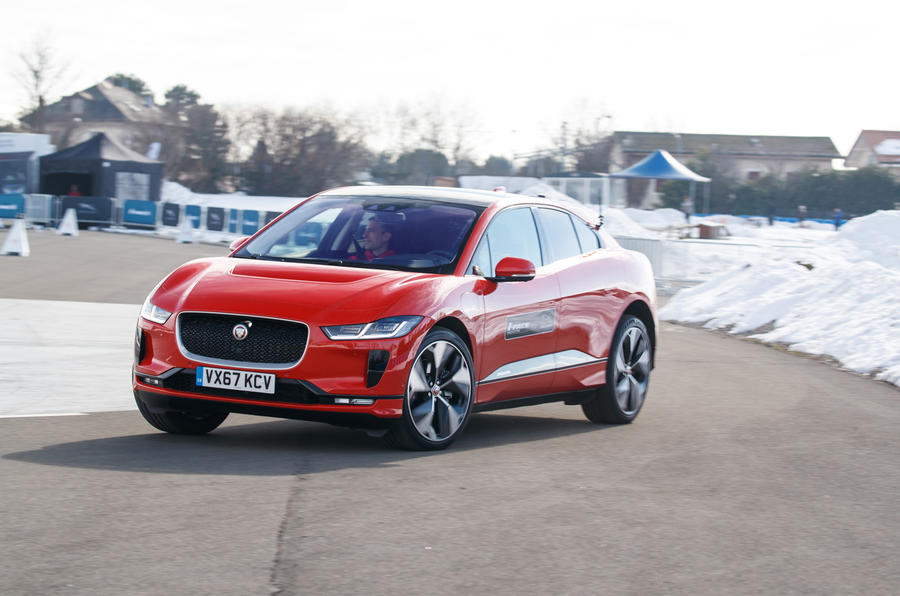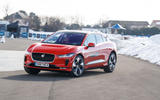What is it?
The Jaguar I-Pace, the British manufacturer’s revolutionary battery-powered ‘performance SUV’, first appeared as a concept at the Los Angeles motor show in 2016 – and we've also driven an early version – but in the 15 months since, the two most important questions about the car have not yet been answered.
First, is it a real Jaguar? Second, does it drive like one? On the outcome of these twin examinations rests the success of a huge investment in design and engineering, not to mention much of the company’s bold future strategy, namely to excite and inspire buyers with the finest modern technology, just as it did 70 years ago in the extraordinary post-war period that produced the XK120 sports car and a string of fabulous saloons that led to the seminal XJ6 of 1968.
We were given the first answers to those burning I-Pace questions as a prelude to the Geneva motor show when Jaguar fenced off a piece of taxiway at the end of Geneva’s busy airport and set up what amounted to an autosolo course of 'smart cones’ designed to indicate the desired handling course only at the last second, so drivers needed every ounce of the car’s agility to follow it.
This wasn’t a test drive per se, but it was a decent first chance to slip behind the wheel, and the kind of opportunity to test the car’s near-limit responses – conferred by a sophisticated all-independent suspension and an ultra-low centre of gravity – that you probably wouldn’t get in 1000 miles of driving on normal roads.
It’s worth reiterating the risk Jaguar is taking with such a rule-breaking model: it is deliberately ditching the long bonnet, short boot proportions of nearly every successful Jaguar model in favour of a short bonnet, cab-forward design. The logic is irrefutable: there’s simply no need to make space for 350kg of rubber-mounted metal in the nose. Two much more easily accommodated 80kg motors take the conventional engine’s place – one front, one rear – so why not use the space for carrying people?
For the first time, a Jaguar must do without a great-looking internal combustion engine – perhaps with a heritage of its own – and the accompanying sound of combustion, in the past painstakingly engineered to please an owner’s ear. Now, the I-Pace has silent electric motors mounted at either end of a skateboard chassis, the pair contributing 395bhp and 513lb ft to give the car 0-60mph acceleration in 4.5sec.













































Join the debate
Add your comment
The entry level I-pace will
The entry level I-pace will be just under £60k. A Nissan leaf with the same battery size will be out in December. :)
The problem with the price is
The problem with the price is that the only useable electric cars are currently looking up towards the 100K barrier - fine, you say: tech costs. Yes, but, when we're being charged for emissions, road-tax, fuel etc.. it means that stuck with an older-tech car you'll be tax-shafted. Yes, i relise that the Zoe and Leaf are around, but they have piddly ranges.
£81,495
I remember the days when developments in technology brought the price down over time. Cars like this should be affordable with two or threee years development. Or maybe not.